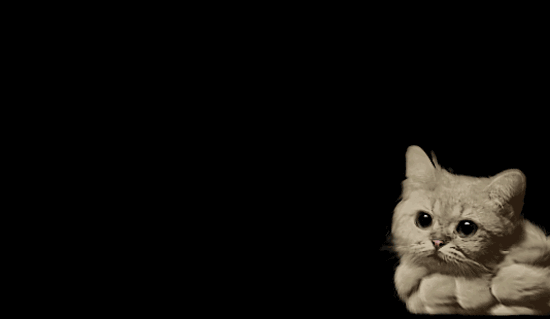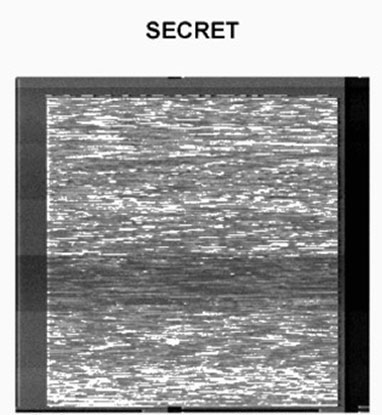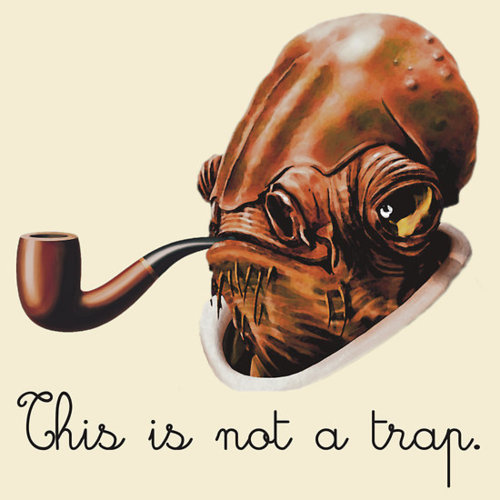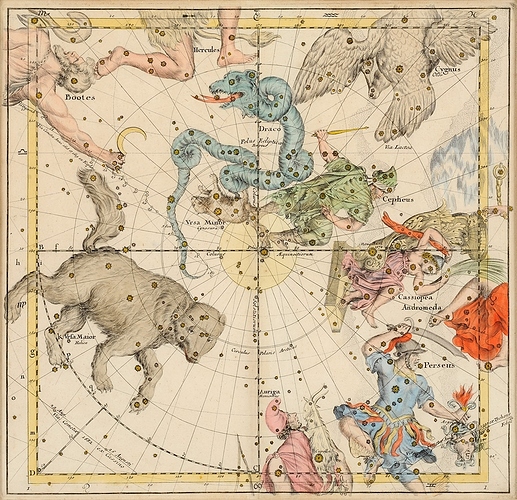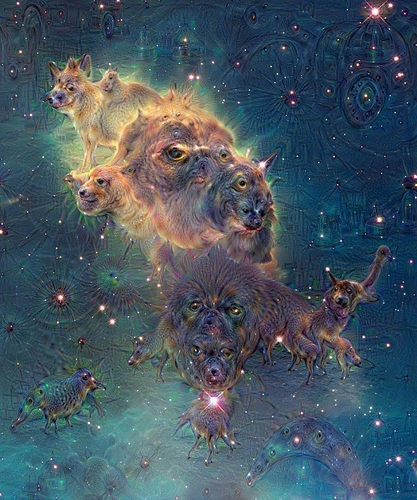Shhhhh …
Tonight, Tyler Coburn (@tylercoburn) responds in real time to a roundtable between Hito Steyerl, Trevor Paglen, and Matteo Pasquinelli, moderated by e-flux journal editor Stephen Squibb. The conversation is organized as a special preview of the April issue of e-flux journal:
“It’s not about the data or even access to the data. It’s about getting information from the truckloads of data … Developers, please help! We’re drowning (not waving) in a sea of data—with data, data everywhere, but not a drop of information.
Analysts are choking on intercepted communication. They need to unscramble, filter, decrypt, refine, and process “truckloads of data.” The focus moves from acquisition to discerning, from scarcity to overabundance, from adding on to filtering, from research to pattern recognition. This problem is not restricted to secret services. Even WikiLeaks Julian Assange states: “We are drowning in material.”
– Hito Steyerl, “A Sea of Data: Apophenia and Pattern (Mis-)Recognition,” forthcoming in e-flux journal no. 72 (password: secret)
To follow the discussion on live stream, tune in here
